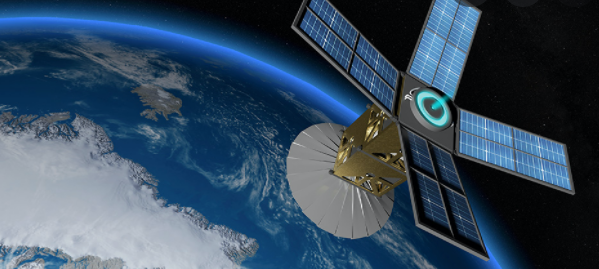Starlink Launches How Many Satellites?
A SpaceX's old rocket has launched on a historic 10th flight, transporting the first stack of Starlink satellites into space. This takes place more than two months before it stuck a landing at sea.
The Falcon 9 rocket, which has been previously flown, blasted off from Space Launch Complex 4E at Vandenberg Space Force Station at 11:55 p.m. EDT (8:55 p.m. PDT, or 0355 Sept. 14 GMT). This marks SpaceX’s 22nd launch of the year and a record 10th flight for this particular first stage booster.
During the launch broadcast, SpaceX's Youmei Zhou said, "What a beautiful view of Falcon 9 as it successfully lifts off from pad 4E at Vandenberg Space Force Base, carrying our stack of 51 Starlink satellites to orbit."
"Stage one landed on our drone ship for the 10th time," Zhou added after the booster touched down. He also noted that it was the company's 90th successful landing to date.
This successful liftoff has marked the first time the company launched a batch of operational Starlink satellites on one of its 229-foot-tall (70 meters) workhorse Falcon 9 rockets from its California launch facilities.
The liftoff is also the first dedicated Starlink flight in over two months, which is different from the regular cadence set at the beginning of the year as SpaceX launched its satellites almost every week.
Roughly nine minutes after liftoff, the rocket's first stage landed back on earth and touched down on SpaceX's drone ship "Of Course I Still Love You" for a 10th landing. It is the second Falcon 9 first stage booster to do so. SpaceX's drone ship, earlier stationed in Florida, trekked through the Panama Canal to support SpaceX’s West Coast recovery efforts.
Vandenberg Space Force base is known for its marine layer, a very heavy shroud of fog that covers the area and prevents it from being visible. This was seen during the live broadcast as one could barely see the rocket on the launchpad.
In total, the company has already launched about 1,800 Starlink satellites. It has also been providing coverage to its customers during its beta program for more than a year now. SpaceX said in August that it has now shipped about 100,000 terminals to its customers, with more than 90,000 active users who are currently on the service, as well as a full order volume of about 500,000 kits in total.
The Starlink satellite system, which operates in multiple orbital planes, is designed to bring relatively high-speed internet to every point on earth, routing data to and from small user antennas and terminals.
Many companies are ready to storm the marketplace with tens of thousands of small satellites that will flood low-Earth orbit. Critics are concerned that there will be an increase in high-speed collisions, creating debris that may take out other satellites.
SpaceX intends to expand the constellation significantly so as to continue to grow the footprint of where Starlink service is accessible worldwide. The company’s aim is to build out the constellation to reach the extent that it consists of around 30,000 satellites, which will provide reliable global broadband coverage for users.







